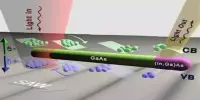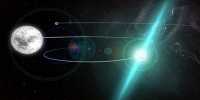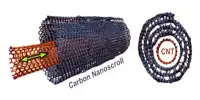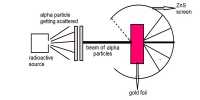Spintronics is an exciting new technology that aims to solve major problems in today’s conventional electronic devices. In reality, this technology is capable of combining the primary functions of modern semiconductor microelectronics and magnetic storage devices on a single chip.
Spintronics, also known as spin electronics, is the study of the intrinsic spin of the electron and its associated magnetic moment in solid-state devices, in addition to its fundamental electronic charge. Spintronics is concerned with spin-charge coupling in metallic systems, whereas multiferroics is concerned with analogous effects in insulators.
The movement of electrons can have a much greater impact on spintronic effects than previously thought. Until now, calculating these effects took into account, above all, the spin of electrons. The research provides a novel approach to developing spintronic components.
The movement of electrons can have a significantly greater influence on spintronic effects than previously assumed. This discovery was made by an international team of researchers led by physicists from the Martin Luther University Halle-Wittenberg (MLU).
The movement of electrons can have a much greater impact on spintronic effects than previously thought. An international team of researchers led by physicists from Martin Luther University Halle-Wittenberg made this discovery (MLU). Until now, calculating these effects taken into account, above all, the spin of electrons. The study, which was published in the journal “Physical Review Research,” presents a novel approach to developing spintronic components.
Many technological devices rely on traditional semiconductor electronics. Charge currents are used in these components to store and process data. However, this electric current generates heat and thus wastes energy. Spintronics uses a fundamental property of electrons known as spin to circumvent this problem. “This is an intrinsic angular momentum, which can be thought of as an electron rotating around its own axis,” explains Dr. Annika Johansson, a physicist at MLU. The spin is associated with a magnetic moment, which, along with the charge of the electrons, could be used in a new generation of fast and energy-efficient components.
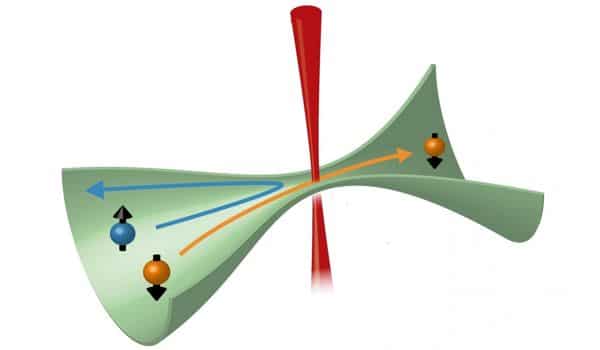
This necessitates an efficient conversion of charge and spin currents. The Edelstein effect allows for this conversion: by applying an electric field, a charge current is generated in a previously non-magnetic material. Furthermore, the electron spins align, causing the material to become magnetic.
“Previous studies on the Edelstein effect focused primarily on how electron spin contributes to magnetization, but electrons can also carry an orbital moment that contributes to magnetization. If the spin is the intrinsic rotation of the electron, then the orbital moment is the motion of the atom around its nucleus “Johansson explains. This is analogous to how the earth rotates both on its own axis and around the sun. This orbital moment, like spin, generates a magnetic moment.
The researchers used simulations to investigate the interface between two oxide materials commonly used in spintronics in this latest study. “Despite the fact that both materials are insulators, a metallic electron gas is present at their interface, which is known for its efficient charge-to-spin conversion,” Johansson explains. The team also calculated the Edelstein effect with the orbital moment and discovered that its contribution to the Edelstein effect is at least one order of magnitude greater than that of spin. These findings may aid in improving the efficiency of spintronic components.
Spintronics is a promising next-generation information technology that uses electron spins as information carriers and has the potential benefits of faster data processing, high circuit integration density, and low energy consumption. Spintronics, on the other hand, faces a number of challenges, including spin generation and injection, long-distance spin transport, and spin orientation manipulation and detection.

